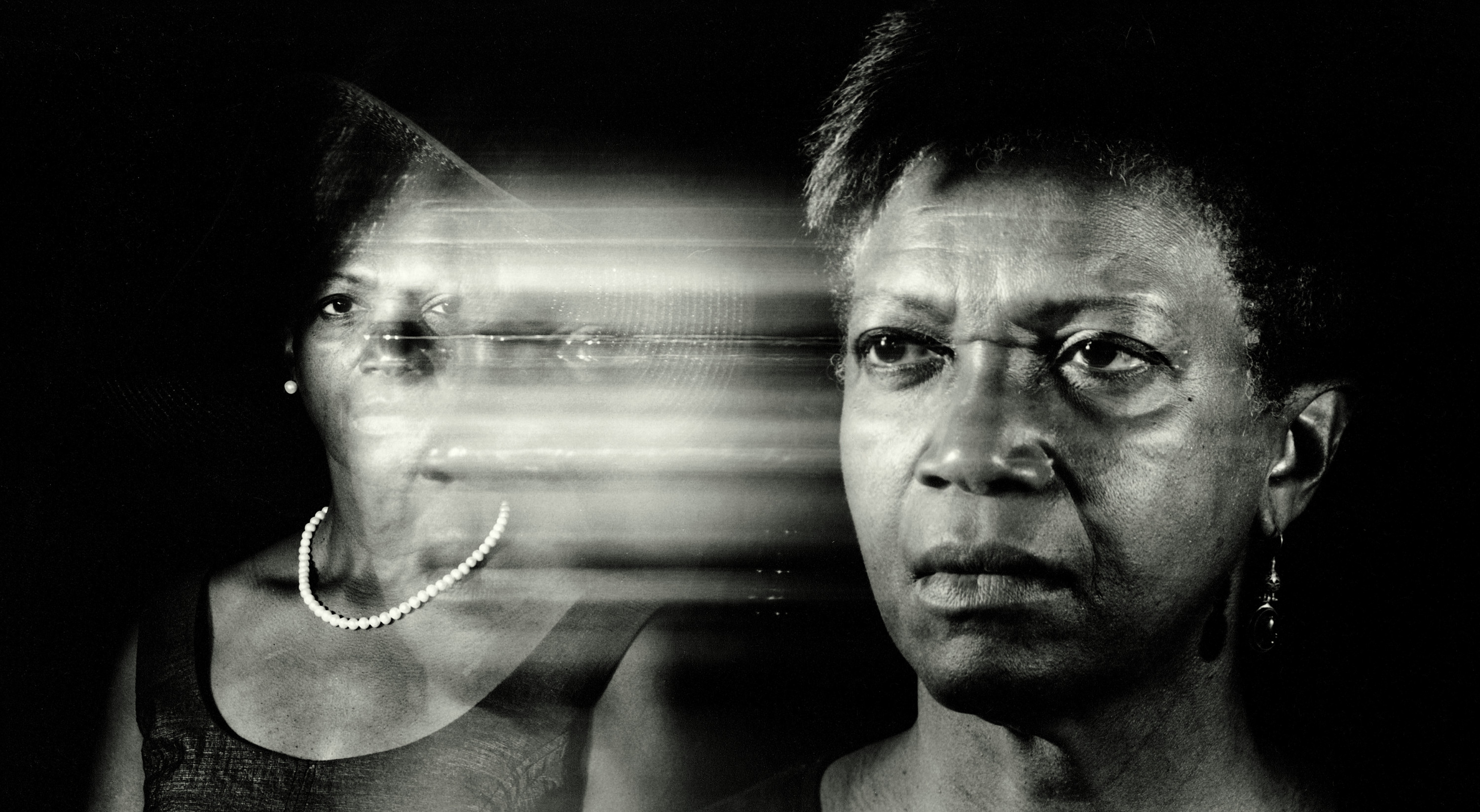Fanny & Alexander
Nina
decemberdec 10 – 21
Tuesday december 10
20h
Wednesday december 11
20h
Thursday december 12
19h
Friday december 13
20h
Saturday december 14
16h
Tuesday december 17
20h
Wednesday december 18
20h
Thursday december 19
19h
Friday december 20
20h
Saturday december 21
16h
Conception, direction and light design Luigi De Angelis. Performer Claron McFadden. Dramaturgy and costumes Chiara Lagani. Music Claron McFadden, Damiano Meacci (Tempo Reale). Electronic music and music design Damiano Meacci. Photography Enrico Fedrigoli. Coaching Andrea Argentieri.
Production E Production/Fanny & Alexander and Muziektheater Transparant (Antwerp)
In collaboration with Romaeuropa Festival ; Tempo Reale (Florence)
Coproduction Ircam – Centre Pompidou ; Festival d’Automne à Paris
With the support of The Italian Cultural Institute of Paris
Meet the artistic team
Saturday 14 December at 2pm, before the performance, meet the company Fanny & Alexander.
Free with prior booking
Saturday 21 December at 2pm, before the performance, meet American soprano Claron McFadden, portraying Nina.
Free with prior booking
In Nina, the Fanny & Alexander company investigates, in a blend of music and performance, the human voice, via the technique of heterodirection. The soprano Claron McFadden embodies the mythical figure of Nina Simone, and conveys the unique energy of this individual who set out to be "the first black pianist".
Luigi De Angelis and Chiara Lagani, founder members of the Fanny & Alexander company have designed Nina as a sound and performance-based experimentation in homage to the singer, pianist and activist Nina Simone. Finding expression for the technique of heterodirection, the American soprano Claron McFadden uses earphones to connect in real-time to the voice of the artist. Alternating between legendary songs, evocation of political standpoints and also disappointments in the life of Nina Simone, Claron McFadden, accompanied by an "autopiano", as well as the sound design by Damiano Meacci, succeeds in embodying this historical figure in way which goes beyond mimetic representation, creating an effect of "fantastical superposition". Allowing herself to become inhabited by the presence of Nina Simone, the soprano gracefully illustrates the singularity of the human voice in the form of an inimitable "sound-print". At the crossroads between technology and magic, Nina steers spectators towards a reflection on the socio-racial questions at stake in our western societies.

